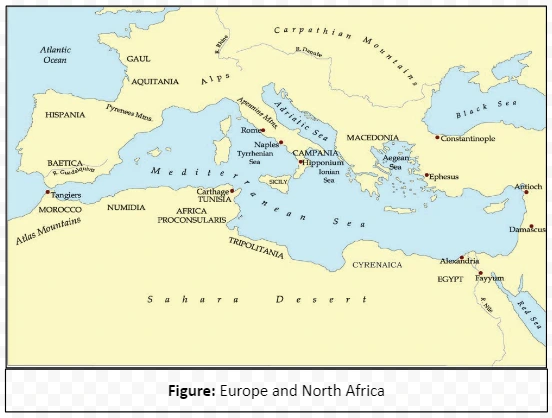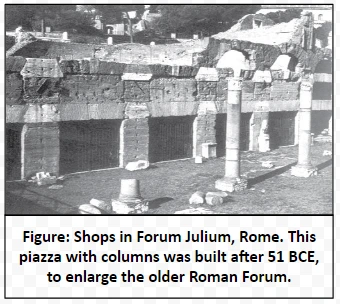![]() 20 Jun 2024
20 Jun 2024
Empire’s Diversity, Legal Strides, and the Turning Tides of Decline and Prosperity
The Roman Empire, spanning most of Europe, the Fertile Crescent, and North Africa, was a complex entity with diverse cultures and languages. Despite the vast cultural mosaic, women in the Roman Empire enjoyed a relatively strong legal position compared to contemporary standards. However, a significant portion of the economy relied on slave labor, denying freedom to a substantial number of individuals.
A critical turning point emerged in the fifth century when the Western Empire fragmented and declined. In contrast, the eastern half remained intact and thrived economically. The caliphate built upon prosperity and inherited the urban and religious traditions of the prosperous Eastern Empire.
Roman Empire and Iran: Antiquity’s Dual Titans and the Strategic Theater of Ta Ch’in

| Sources of Roman History
|
The Roman Empire’s Evolution: Understanding the Early and Late Phases through the 3rd Century Watershed
| The Emperor Trajan’s Dream – A Conquest of India?
‘Then, after a winter (115/16) in Antioch marked by a great earthquake, in 116 Trajan marched down the Euphrates to Ctesiphon, the Parthian capital, and then to the head of the Persian Gulf. There [the historian] Cassius Dio describes him looking longingly at a merchant-ship setting off for India, and wishing that he were as young as Alexander.’ – Fergus Millar, The Roman Near East. |
Roman Empire: Stability, Family Rule, and Limits to Expansion in the First Two Centuries

Roman Empire’s Reach: Absorbing Kingdoms, Assimilating Diversity, and the Wealth of Herod’s Realm
| The Near East
From the perspective of someone who lived in the Roman Mediterranean, this referred to all the territory east of the Mediterranean, chiefly the Roman provinces of Syria, Palestine, and Mesopotamia, and in a looser sense, the surrounding territories, for example, Arabia. Kingdoms These were local kingdoms that were ‘clients’ of Rome. Their rulers could be relied on to use their forces in support of Rome, and in return, Rome allowed them to exist. |
Roman Empire’s Power Shift: Italy vs. Provinces in the Second and Third Centuries
Conclusion
In summary, the Roman Empire’s rich narrative unfolds through dominance with Iran, stability, strategic absorption, and a power shift from Italy to the provinces. The 3rd century marked a pivotal turn. From Trajan’s ambitious ventures to the rise of provincial elites, the legacy remains a dynamic force across three continents.
<div class="new-fform">
</div>